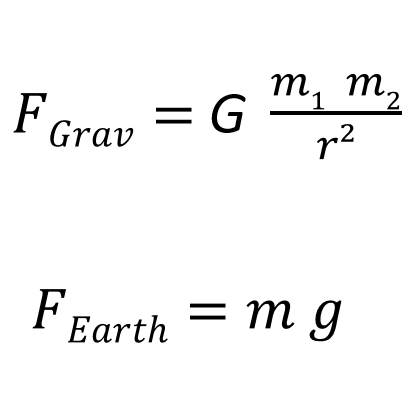
Gravimetric
The adjective gravimetric is derived from the Latin word gravitas (‘heaviness’) and refers to measurements or processes in which the mass or weight of a body is decisive. This contrasts with the adjective volumetric, which refers to processes in which volume is decisive.
In process engineering, for example, we distinguish between the volumetric dosing of a powder and gravimetric dosing. The latter is generally preferable. It is more complex to implement and requires suitable weighing technology. Gravimetric dosing systems are reproducible and precise. They always work accurately, regardless of the current state of the powder (loose or compacted).
Physical background: Gravity
Gravity is one of the four fundamental forces of physics. It describes the mutual attraction of bodies based on their mass. Isaac Newton formulated the law of gravity in 1687. This enabled him to explain both Kepler's laws of planetary motion and free fall in the Earth's gravitational field. He regarded gravity as a long-range force whose influence spreads instantaneously, i.e. without any time delay.
FGrav: Gravitational force between two masses
G: Gravitational constant = 6.6726 · 10⁻¹¹ N · m²/kg²
m₁, m₂: Masses of the two bodies
r: Distance between the centres of the two masses
Weight force on Earth (simplified model)
In everyday life, weight force is particularly relevant, i.e. the force with which an object is attracted to the Earth. Since the distance to the centre of the Earth hardly changes in normal applications, the law of gravity is simplified.
FEarth: Weight force (also ‘gravity’)
m: Mass of the object
g = 9.80665 m/s²: acceleration due to gravity
- The acceleration due to gravity is also called standard acceleration. However, it actually varies minimally due to geographical latitude and altitude.
- The force is measured in newtons [N] and is composed of the SI units [kg m/s2].
